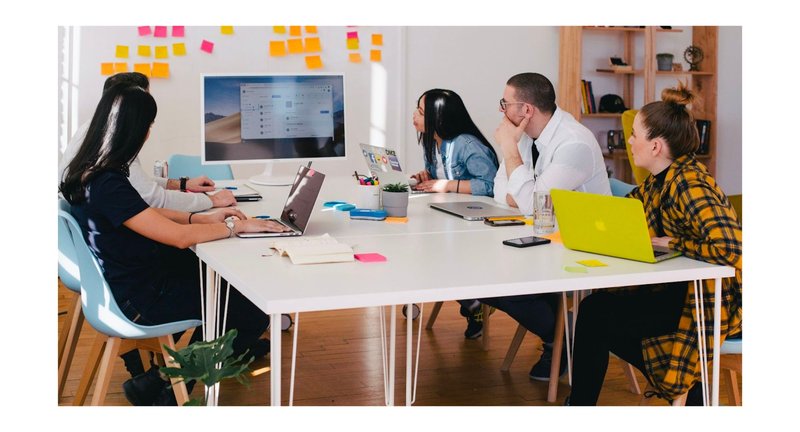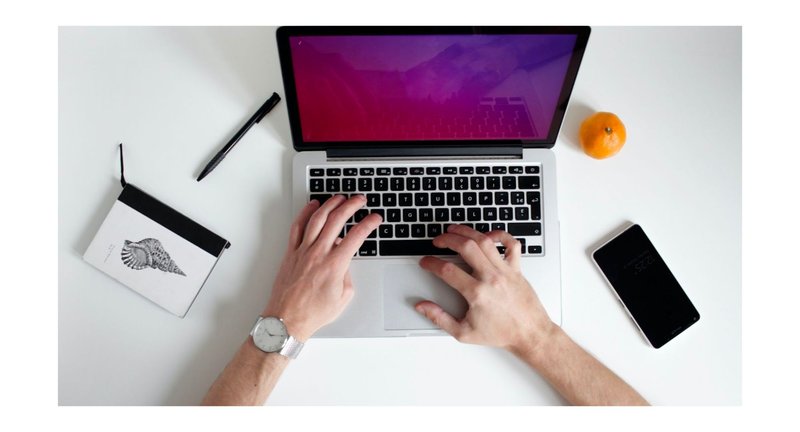
Adapting to different learning styles in the workplace
The infamous quote from Einstein, “Everybody is a genius, but if you judge a fish by the ability to climb a tree, it will live its whole life believing that is stupid” has become widely popularised because of its value as an analogy for playing to different strengths.
The quotes hyperbolic nature makes it catchy, but the sentiment that we can all be put in situations where we can either excel or struggle is powerful. In the Early Careers space, it’s important to be aware that all young people have their own ‘learning preferences’ and understanding this point is crucial to engaging with them in an effective way.
Broadly speaking, there are four key types of learning styles. Whether you’re planning an event, looking to hire a cohort of apprentices or managing a new starter, you’ll want to know the differences.

The different learning preferences
Visual learner:
A student with a visual learning style prefers seeing or observing something, before applying it directly themselves. Practically, this could include presentations, graphs and handouts. In a work environment, learners would typically work from lists or written instructions.
Auditory learner:
A student with an auditory learning style is receptive to information through listening to others speaking. A presentation or conversation is the best way to support an auditory learner with a new task.
Kinesthetic learner:
A ‘hands-on’ approach is what works best for a kinesthetic learner. Physically attempting a task, rather than first receiving instructions (verbally or visually), is the best way to engage with a kinesthetic learner.
Verbal learner:
Verbal learners prefer receiving information through reading and writing. They receive information best through written text and note taking.

Adapting your student engagement
Once you’ve gained an understanding of the different learning preferences, the next challenge is finding ways to deliver insight events that can work for all of the different styles.
To cater to all four learning styles, you'd need to have a presentation to visualise a concept, a speaker, a worksheet and a physical task. However, this is something that takes a concerted effort to deliver and isn’t necessarily something you consciously think about when designing an event agenda.
So how do you practically apply this? As mentioned, becoming more conscious and aware of these learning preferences when designing your agenda for an event, for example, is a good starting point. When reflecting on the event’s agenda, tick off where you have created an activity that will be inclusive of a particular learning style and then mark where a particular type of learning style might not be covered.
The result of this, with practise, is that you will naturally start to become more aware of the content you create and how it might resonate with a particular individual or group, leading to more effective and inclusive delivery in your outreach and event engagement.
You can also apply this principle to wider outreach. Consider when using social media the different types of content you can produce. Long-form videos, infographics, blogs and something interactive like a Kahoot quiz can all provide effective ways to engage with different audience types. Again, inclusivity is the foundation that you should work with when engaging with students.

Neurodiversity
Having a range of content to deliver your message and information, as well as diversifying the way in which you deliver it is so important when factoring in neurodiversity.
Neurodiversity describes the idea that people experience and interact with the world around them in many different ways and that there is no one ’right’ way of thinking, learning and behaving.
Having a consideration for all the learning preferences is even more imperative when you consider neurodiversity. Some studies suggest that nearly 30% of the population are neurodiverse.
Linking back to Einstein’s historic wisdom, neurodiversity re-affirms the idea that environment plays a role in limiting an individual and their capabilities. For a neurodiverse individual, there’s a neurological factor that will determine how receptive they are to information, so, to be as inclusive as possible, it’s important to cover all learning preferences in your delivery when engaging with young people.
This isn’t an easy, instant fix but with enough understanding and effort, you can quickly build an effective outreach strategy that’s inclusive of all learning styles and neurodiverse learners.
In summary, there are three practical actions to take:
- Research the four main different learning styles (visual, auditory, kinesthetic and verbal) and build a list of activities that complement each style.
- Review your current outreach strategy and reflect on gaps where content isn’t tailored towards a particular learning style or inclusive for neurodiverse students.
- When running events, consider a neurodiverse audience and the actions you can take to build an agenda that engages with all learning styles and ways of thinking.
At Uptree, we have plenty of experience working with employers and schools to provide events that are inclusive of all different learning styles. Partner with us to engage effectively in the Early Careers space: info@uptree.co.
By Uptree
Published on:
Mon 27 Jun 2022